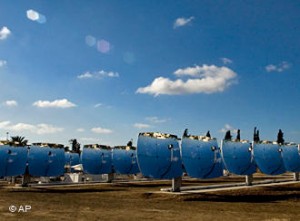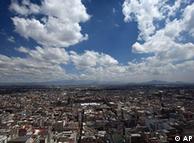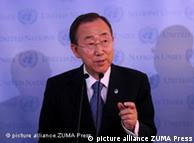Protected:
Hedgehogs could give climate clues

Hedgehogs don’t get much attention – they’re small, prickly animals that are awake at night and like to feed on insects. But their seasonal habits are gaining interest among scientists everywhere as a possible insight into climate change. Why?
Hedgehogs hibernate in the winter and usually emerge back into the world in March. But scientists say if the little creatures come out earlier or later, it could be an indicator of climate change. And on top of that, the number of hedgehogs has been declining quickly. Research reports show the population has plummeted from around 30 million in the 1950’s to just 1.5 million in 1995.
That’s why a few wildlife charities in the UK – including the The People’s Trust for Endangered Species and the British Hedgehog Preservation Society – want a special study to be conducted that would look into both the population decline and the hibernation patterns of hedgehogs. They say that a previous study published in the 1970’s established a direct link between hedgehog hibernation and climate change patterns.
Going solar, paint-on style

Renewable energy technology continues to expand rapidly – researchers and scientists are constantly coming up with new and innovative ways to generate clean energy and better the environment…including the latest idea from researchers at University of Notre Dame in the USA.
They have made a huge advance in solar technology by creating solar paint. It’s a special paint that employs semiconducting nanoparticles to generate energy from the sun. Just imagine – the paint on the outside of your house could generate power from light! And the best part is, the researchers say the paint can be produced cheaply and in large quantities. Now the team is just working on how to perfect and stabilize the paint. You can read more about the science behind the solar paint in the scientific journal ACS Nano.
Breakdown: tackling climate change

Restrictions on driving and industry have helped to reduce emissions in Mexico City.
A lot of experts and analysts in the field of climate change say 2012 is a key year in the battle against global warming. Coming off the heels of Durban, many believe this will be the year to prove that the world is ready to take the next step forward – especially with significant parts of the Kyoto Protocol set to expire by the end of the year.
But to move forward, it’s important to know exactly where we stand! National Public Radio (NPR) in the United States recently featured a great breakdown on what the world’s political powers – and some of the biggest polluters – are doing to fight climate change in their respective countries. According to the article, the many of the biggest greenhouse gas emitters have already set goals on a national level to slash harmful emissions. Because there has been little progress on the international level, they have decided to move forward at home.
Those national goals include things like putting a stop to deforestation, investing more in clean, renewable energy sources and working with cap-and-trade policies to curb emissions. If you live in one of the listed countries, take a look at what your government is doing to fight climate change…and if not, let us know!
Sustainable Energy Year
 2012 has arrived – the UN Year of Sustainable Energy for All. It’s an initiative launched by the United Nations to bring attention to developing new energy sources. We know by now that sustainable power is an environmentally-friendly solution to solving our energy needs, but UN Secretary General Ban Ki-moon is also using this directive in a special way: developing sustainable energy to fight poverty.
2012 has arrived – the UN Year of Sustainable Energy for All. It’s an initiative launched by the United Nations to bring attention to developing new energy sources. We know by now that sustainable power is an environmentally-friendly solution to solving our energy needs, but UN Secretary General Ban Ki-moon is also using this directive in a special way: developing sustainable energy to fight poverty.
Some 1.4 billion people across the world do not have access to electricity, and almost 2.5 billion use biomass for cooking and heating. So finding sustainable energy sources can provide solutions with serious impact. Energy is essential to daily life and clean power can generate income.
The UN initiative has set out to reach 3 goals by the year 2030: to ensure universal access to modern energy, double the rate of improvement on energy efficiency and most importantly, double the share of renewable power across the globe. All year, you can take part in events and activities to support the initiative and bring awareness to the importance of investing in sustainable energy – for the present and the future.








Feedback